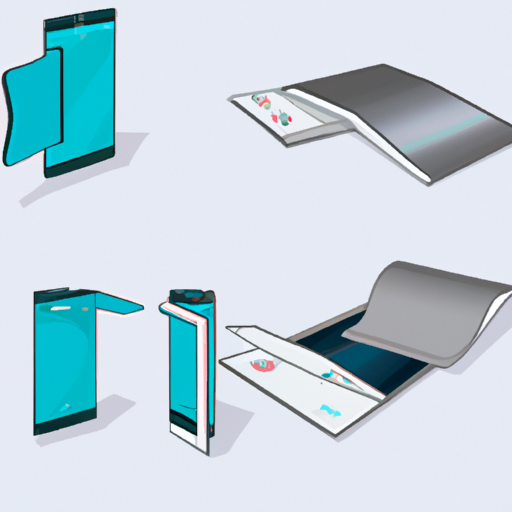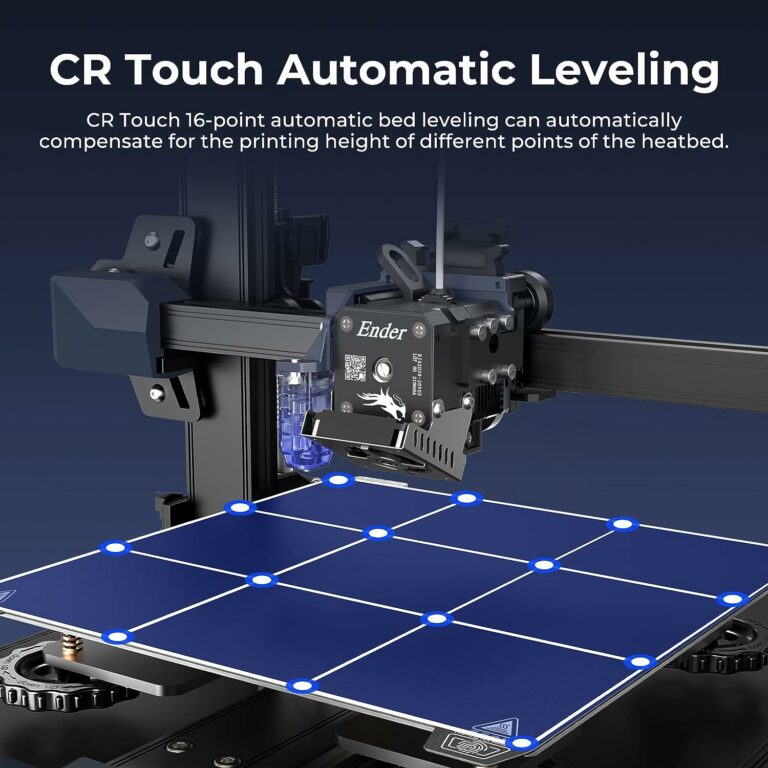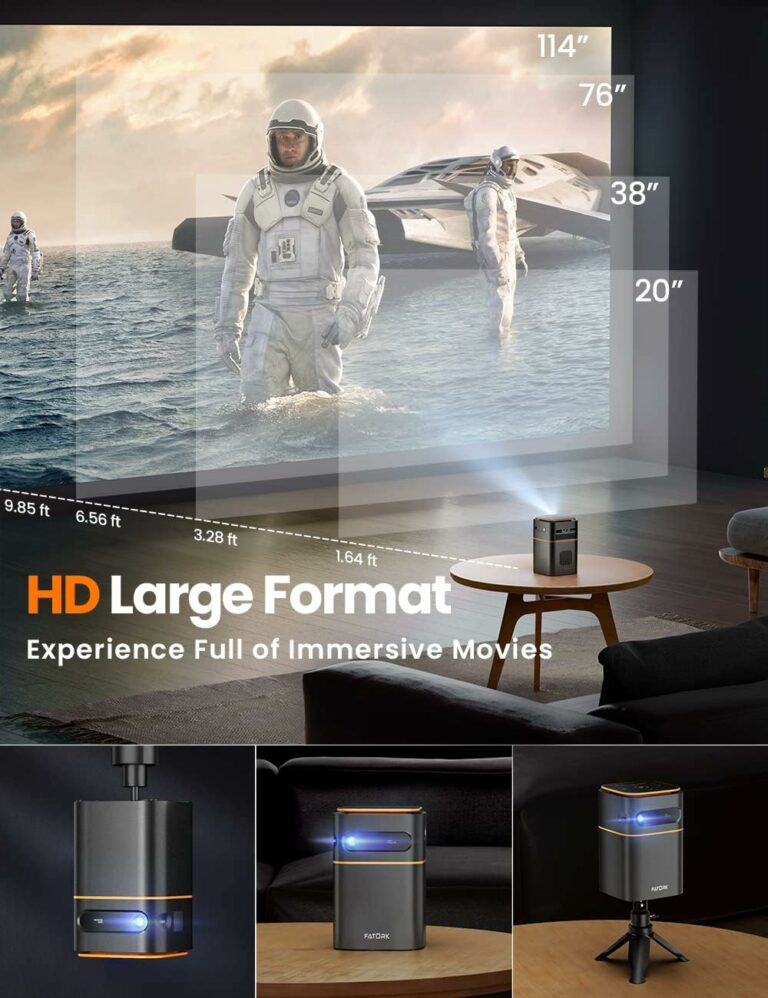Imagine having a phone that can fold in half, compact enough to fit in your pocket, yet when unfolded, it transforms into a tablet with a larger screen. It sounds like something out of a futuristic movie, right? Well, foldable phones are no longer a figment of our imaginations. They are here, and they are creating quite a buzz in the tech world. But what is the science behind these devices, and more importantly, are they worth the hype? In this article, we will take a closer look at the intriguing world of foldable phones, exploring their innovative design and the potential benefits they offer. So, get ready to dive into the world of cutting-edge technology and uncover whether foldable phones are truly a game-changer or just another passing trend.
The Science Behind Foldable Phones
Concept of Foldable Phones
Foldable phones, as the name suggests, are mobile devices that have the unique ability to fold and transform into different form factors. They represent the cutting edge of technology, blending the convenience and portability of a smartphone with the versatility and larger screens of tablets and laptops.
The concept of foldable phones is based on the idea of flexible display technology, allowing the screen to bend and fold without compromising its functionality. By using advanced materials and innovative engineering techniques, manufacturers have been able to develop devices that can seamlessly transition between different modes, providing users with a truly immersive and adaptable experience.
Working Mechanism of Foldable Phones
Foldable phones rely on a combination of hinges, display panels, and software to achieve their flexible nature. These devices typically feature a flexible OLED (Organic Light Emitting Diode) display, which is made up of multiple layers of organic compounds that emit light when an electric current is applied.
The display is then mounted on a thin film-like layer, which allows it to flex and bend without breaking. Hinges are strategically placed at specific points along the device to enable smooth folding and unfolding actions. Additionally, specialized algorithms and software are utilized to ensure that the software interface seamlessly transitions and adjusts to different screen orientations.
Materials and Technologies Used in Foldable Phones
Foldable phones require the use of advanced materials and technologies to achieve their flexible and robust design. One of the key components is the flexible OLED display, which is made using plastic substrates instead of traditional glass. This plastic material allows the display to be flexible, while still maintaining its durability.
Additionally, foldable phones incorporate technologies such as ultra-thin glass (UTG) and polyimide films to protect the display and enhance its folding capabilities. These materials offer both strength and flexibility, ensuring that the screen remains intact even with repeated folding and unfolding actions.
Furthermore, foldable phones make use of advanced hinge mechanisms, which are designed to withstand the constant stress and strain of folding. These hinges are often made from a combination of metal alloys and polymers, ensuring both durability and flexibility.
Advantages of Foldable Phones
Foldable phones offer several advantages over traditional smartphones and tablets. Firstly, they provide a larger screen real estate compared to regular smartphones when unfolded, allowing for a more immersive multimedia experience and enhanced multitasking capabilities. This larger screen also makes tasks such as reading, watching videos, and gaming more enjoyable.
Secondly, foldable phones offer improved portability. When folded, they become compact and easy to carry, similar to a traditional smartphone. This makes them ideal for individuals who want the convenience of a phone but also desire the larger screen of a tablet.
Another advantage of foldable phones is their adaptability. Users can switch between different modes, such as phone and tablet, based on their needs and preferences. This flexibility allows for more versatile usage scenarios and enhances productivity.
Challenges and Limitations of Foldable Phones
Despite their many advantages, foldable phones also face several challenges and limitations. One of the main concerns is the durability of the display. Although manufacturers have made significant advancements in this area, the flexible nature of the display still poses a potential risk of damage from sharp objects or excessive pressure. However, ongoing research and development are continuously addressing this issue to improve the durability and longevity of foldable phone displays.
Another limitation is the increased cost of foldable phones. Due to the complex technology and materials involved in their production, foldable phones tend to be more expensive than traditional smartphones. However, as the technology matures and becomes more widespread, it is expected that prices will gradually decrease, making them more accessible to a wider range of consumers.
Additionally, the software experience on foldable phones is still evolving. While most apps are designed to work seamlessly on different screen sizes and orientations, there may still be occasional compatibility issues or limitations with certain applications. However, as the demand for foldable phones grows, developers are likely to adapt their software to fully optimize the user experience across all form factors.
Impact of Foldable Phones on User Experience
Foldable phones have the potential to revolutionize the user experience by providing a more immersive and adaptable device. The larger screen size and multitasking capabilities offered by foldable phones can greatly enhance productivity and entertainment activities.
For instance, users can view multiple applications side by side, making tasks such as writing emails while referring to a document or watching a video while browsing the web more seamless. Additionally, the larger screen allows for a more immersive gaming experience, with enhanced graphics and increased visibility.
Furthermore, the ability to switch between different modes, such as phone and tablet, gives users the freedom to choose the most convenient form factor for their specific needs. This adaptability enables a more personalized user experience and offers greater flexibility in how the device is utilized.
Foldable Phones vs Traditional Phones
Foldable phones and traditional phones each have their own advantages and disadvantages, depending on individual preferences and needs.
Traditional phones, with their compact size and familiar design, are generally more convenient for everyday use and easy one-handed operation. They are also more widely available at various price points, making them accessible to a larger audience.
On the other hand, foldable phones offer a larger screen size, which improves the multimedia and gaming experience. They also provide more screen real estate for multitasking and productivity apps. However, foldable phones are currently more expensive and may have a steeper learning curve for users transitioning from traditional smartphones.
Ultimately, the choice between a foldable phone and a traditional phone comes down to personal preference, budget, and the specific use cases one requires.
Foldable Phones and Durability
Durability is a critical aspect to consider when it comes to foldable phones. As foldable devices rely on flexible displays and intricate hinge mechanisms, concerns about their long-term durability arise.
However, manufacturers have been investing in research and development to enhance the durability of foldable phones. As mentioned earlier, the use of advanced materials such as ultra-thin glass and polyimide films, along with reinforced hinges, significantly improves the resilience of foldable phones.
Moreover, many manufacturers now include protective cases or coverings specifically designed to safeguard the foldable display when the device is not in use. These additional protective measures ensure the longevity of the device and minimize the risk of damage.
Foldable Phones and Battery Life
The larger screen size and increased processing power of foldable phones naturally require a larger battery to support extended usage. While foldable phones generally have larger battery capacities compared to traditional smartphones, the demands of the larger display can still impact battery life.
However, manufacturers have implemented various optimizations to mitigate the impact on battery life. Advanced power management algorithms and software optimizations help balance the power consumption, ensuring efficient use of the battery. Additionally, advancements in charging technologies, such as fast charging and wireless charging, offer convenient and faster charging options for foldable phones.
It is important to note that individual usage patterns and settings can also influence battery life. Users who frequently utilize power-intensive applications or keep the device at high brightness levels may experience shorter battery life compared to those who use the device more conservatively.
Future of Foldable Phones
The future of foldable phones holds tremendous potential for innovation and advancement. As the technology matures, we can expect to see further improvements in durability, form factor flexibility, and overall user experience.
Manufacturers will likely continue to refine the design and engineering of foldable phones, addressing any limitations and challenges that currently exist. This will result in more durable displays, thinner and lighter devices, and enhanced software compatibility and usability.
Additionally, advancements in complementary technologies, such as flexible batteries and more efficient chipsets, may further revolutionize foldable phones. These developments will significantly contribute to the growth and adoption of foldable phones as viable alternatives to traditional smartphones.
Are They Worth It?
Factors to Consider
When evaluating whether foldable phones are worth the investment, several factors come into play.
Firstly, the intended use case plays a crucial role. If you heavily rely on multimedia consumption, multitasking, or require a larger screen for work-related tasks, the additional features and functionalities offered by a foldable phone may be worth considering. However, if your usage primarily revolves around basic communication and casual browsing, a more traditional smartphone may fulfill your needs at a lower cost.
Price and Value Proposition
Price is another important factor to consider. Foldable phones generally come with a higher price tag compared to traditional smartphones, mainly due to the advanced technologies and materials involved in their production. It is important to evaluate your budget and assess whether the additional benefits provided by a foldable phone justify the increased cost.
In terms of value proposition, foldable phones offer a unique and highly adaptable user experience, combining the convenience of a smartphone with the larger screen size and productivity features of a tablet. This added versatility and immersion may be worth the investment for individuals seeking a truly cutting-edge device.
Use Cases for Foldable Phones
Foldable phones cater to a wide range of use cases, making them suitable for different individuals and professions. Here are a few examples:
Productivity: For professionals who frequently work on-the-go or require enhanced multitasking capabilities, a foldable phone offers the convenience of a smartphone and the functionality of a tablet. The larger screen allows for more efficient document editing, video conferencing, and accessing multiple applications at once.
Entertainment: Foldable phones provide an immersive gaming and media consumption experience. The larger screen size and improved graphics enhance the visual quality, making gaming and watching videos more enjoyable.
Creativity: Artists, designers, and content creators can benefit from the larger canvas provided by a foldable phone. Sketching, drawing, and video editing can be done with greater precision and more screen real estate.
Consumer Feedback and Opinions
Consumer feedback and opinions play a significant role in gauging the value and acceptance of foldable phones. Early adopters and tech enthusiasts have generally praised the potential of foldable phones, highlighting their innovation and future prospects.
However, it is important to consider that foldable phones are still relatively new to the market, and there have been some concerns regarding durability and price. The feedback from early adopters and reviewers provides valuable insights into the strengths and weaknesses of current foldable phone offerings.
Potential Benefits of Foldable Phones
Despite the challenges and limitations, foldable phones offer several potential benefits. These include:
Enhanced Productivity: The larger screen size and multitasking capabilities allow for improved productivity, making it easier to handle multiple tasks simultaneously.
Immersive Multimedia Experience: The larger screen and improved visual quality enhance gaming, video watching, and immersive media consumption.
Adaptability and Versatility: Foldable phones provide the flexibility to switch between different modes, allowing users to choose the most suitable form factor for their needs.
Future-proofing: By investing in a foldable phone, users are embracing the future of mobile technology and ensuring they stay up-to-date with the latest advancements in the industry.
Conclusion
In conclusion, foldable phones represent a significant advancement in mobile technology. They offer a unique combination of portability, adaptability, and larger screens, providing an immersive user experience. While they do come with challenges such as durability and price, the potential benefits and future prospects make foldable phones worth considering for individuals who prioritize versatility and cutting-edge technology.
As the technology continues to evolve and more manufacturers enter the market, we can expect further advancements in durability, affordability, and software compatibility. Ultimately, the decision to invest in a foldable phone depends on your individual needs, preferences, and budget.



